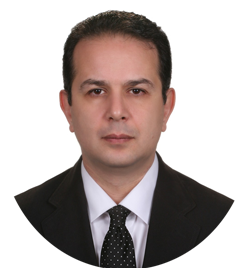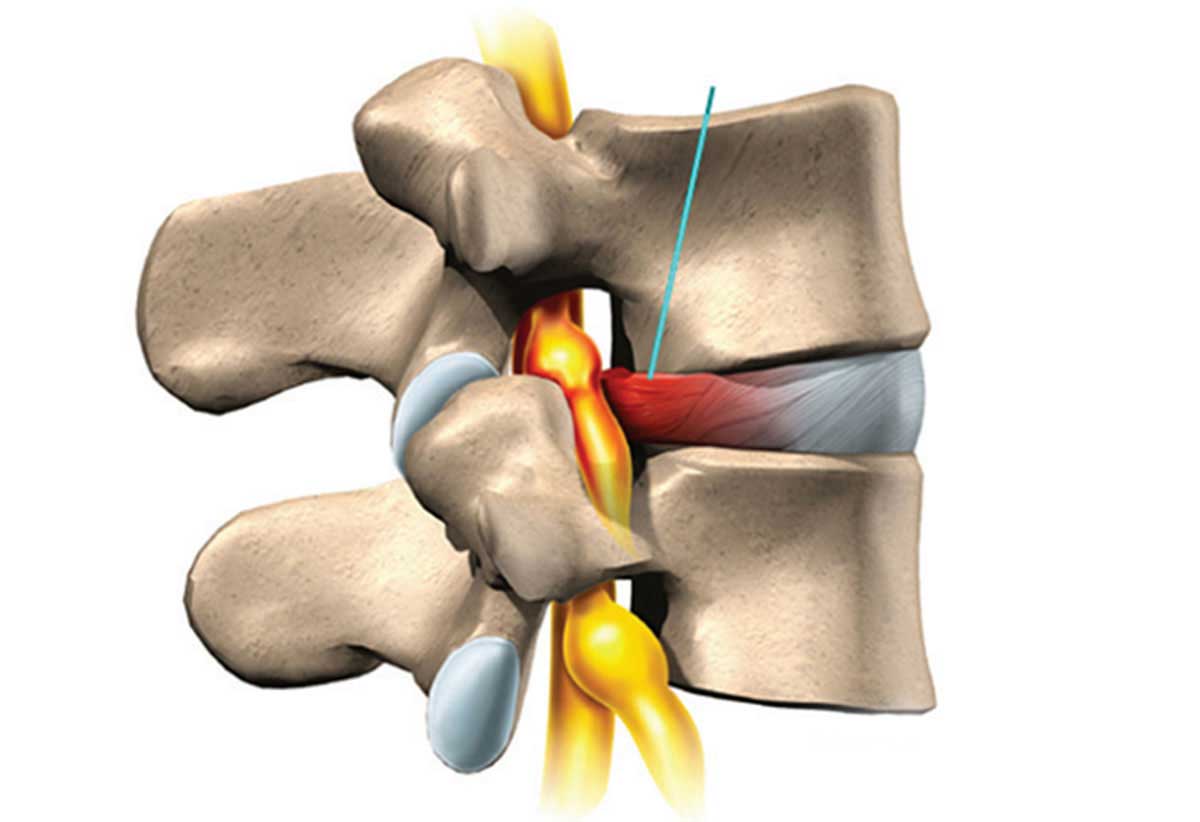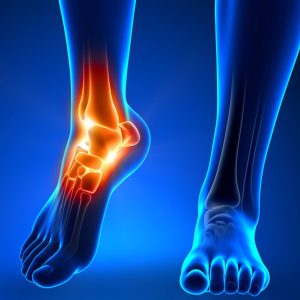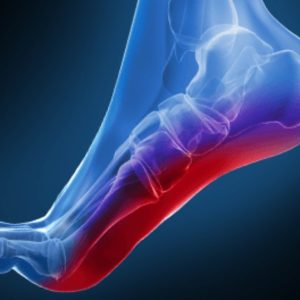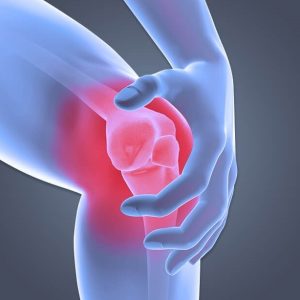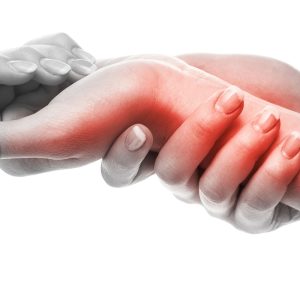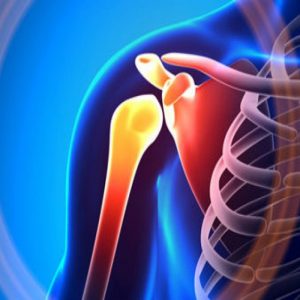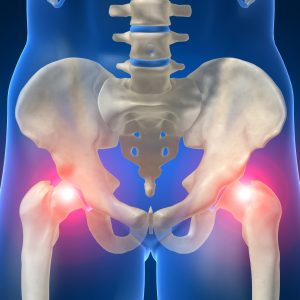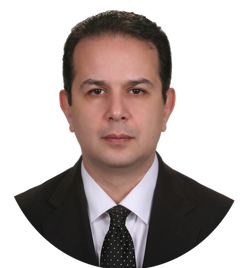The lumbar discs are elastic pads that are built to strike and facilitate the movement of the vertebrae. Lumbar disc protrusion occurs when the gelatinous material of the disc nucleus exits the outer wall of the disc.
تیترهای مهم این مقاله
Lumbar disc herniation symptoms
The obvious symptoms of lumbar disc protrusion are:
Radiating pain from the back and buttocks to the toes
Paresthesia and muscle weakness in the hip to the toes
Causes
Genetic factors, aging, stresses and excessive load to lumbar region
Diagnosis
Imaging : Imaging tests provide the physician with complete information about the vertebral and spinal anatomy
Lumbosacral X-Ray: To evaluate infection or bone mass .
Computed tomography:CT scans can be used for more information.
MRI: Used to evaluate soft tissues, including discs and spinal nerves.
Nerve and muscle function test(EMG&NCV) : It is used to determine the proper way of transmitting nerve messages and the physiological function of the nerves ans muscles.
Treatment
The basis of lumbar disc treatment is to alleviate pain and symptoms and to relieve the protrusion of the disc and pressure on the nerve roots.
Rest : Rest should only be relative.
Brace : Temporary closure of the brace is recommended only in cases of highly developed discs that cause canal stenosis and risk of spinal cord injury. Prolonged use of the belt may weaken the vertebral muscles, leading to greater trauma and progression of arthritis.
Medication : Medications are used to relieve symptoms in the acute phase, as well as to restore muscle strength and relaxation, including muscle relaxants (peripheral and central), anti-inflammatory analgesics, and in severe cases, limited use of opiate drugs. In the chronic phase of arthritis, soy and avocado can also be used to prevent the progression and recovery of arthritic lesions.
Non-invasive treatments
- Physiotherapy : In physiotherapy, a combination of passive techniques and exercises is used to strengthen muscular structure and corrective movements. Passive therapeutic modalities such as ice / heat, ultrasound, and electrical stimulation relieve pain and spasms in a patient with a lumbar disc herniation. A patient with a lumbar disc herniation, using exercises to increase flexibility and range of motion, adds strength to his muscles. Patients should not worry about switching to this treatment, even patients with pain and movement problems benefit from isometric exercises.
- Massage and Manual Therapy and Manipulation : The basis of these techniques performed by hand also strengthens the muscular structure of the tissues around the vertebrae.
- High Power laser : High-power pulse laser can increase cellular energy and repair damaged tissues and prevent arthritis progression.
Interventional treatments:
Interventional pain procedures are performed by a pain specialist under the guidance of X-ray (fluoroscopy) or ultrasound in the operating room.
- Diagnostic and therapeutic injections : Spinal injections such as combined steroids and topical anesthetics in the epidural space are used to reduce inflammation and neutralize the chemical mediators of inflammation (caused by disk herniation pressure). In addition to these injections, epidural radiofrequency as well as spinal nerve fibers can be used to improve and prolong changes.
- Interventional intradiscal pain procedures : In these procedures a special needle is inserted into the center of the disc(nusleous) and using ozone or discogel, causes chemical changes of the nucleus and reduces the pressure of the disc, resulting in reduced pressure and protrusion of the disc. Laser or radiofrequency can also increase the temperature of the disk center and reduce the size of the disk core and reduce the pressure inside the disk, thereby eliminating the compressive effect of the disk on the nerve roots.



